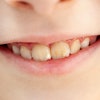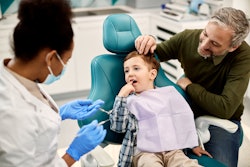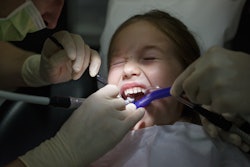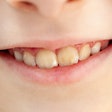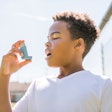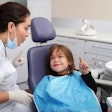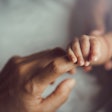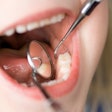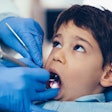Dentists wearing child-friendly attire may lower children's anxiety during their first dental injection, fostering a positive patient-doctor relationship. This study was recently published in Scientific Reports.
Furthermore, dentally anxious children may show lower pain levels when treated by dentists wearing colorful, kid-friendly clothes instead of traditional white coats, the authors wrote.
"A child's friendly attire can help dentists build positive relationships with young patients and help reduce their anxiety, " wrote the authors, led by Jamila Bchara of Damascus University in Syria (Sci Rep, December 4, 2024).
The randomized clinical trial enrolled 120 children ranging in age from 6 to 10 needing pulpotomy in the maxillary molars. They were divided into four groups based on dentists' attire, friendly or white coat. After applying 20% benzocaine gel for one minute, a 1:80,000 lidocaine infiltration was administered in the maxillary arch. Anxiety was assessed using two scales: the Nilson et al child anxiety questionnaire and the Children Fear Scale (CFS), they wrote.
Pulse rates were monitored with a finger pulse oximeter at corresponding intervals. Pain was measured using the Wong-Baker Faces Pain Scale, and behavior during anesthesia was video recorded and evaluated using the Faces-Legs-Activity-cry-consolability (FLACC) scale by external observers. Measurements were taken at reception (T1), after sitting in the dental chair (T2), and postanesthesia (T3).
No significant differences in CFS scores were observed between groups at T1 (p = 0.696), T2 (p = 0.638), or T3 (p = 0.063), with nearly 95% of patients reporting mild dental anxiety. Intragroup comparisons showed a significant reduction in fear levels after the injection in the first group compared to preoperative levels (p = 0.014, p = 0.020), they wrote.
FLACC scores revealed a statistically significant difference (p = 0.000), with the first group showing the lowest scores, indicating the highest comfort, followed by the second and third groups, while the control group reported the most discomfort (p = 0.000).
Pulse rate at T3 significantly differed from T1 and T2 (p = 0.000), with the first group showing a lower pulse rate after the injection than the other groups, though no differences were noted at T1 or T2 (p = 0.070), they wrote.
However, the study had limitations. The dentist's gender may have influenced the child's perception, acting as a potential confounding factor, the authors added.
"This study indicates that altering a child's perception of dental attire can reduce the anxiety and pain level experienced by the child while receiving a dental injection for the first time in the dental setting, this finding can improve children's experience in the dental office and help establish a good patient-doctor relationship," Bchara and colleagues wrote.




